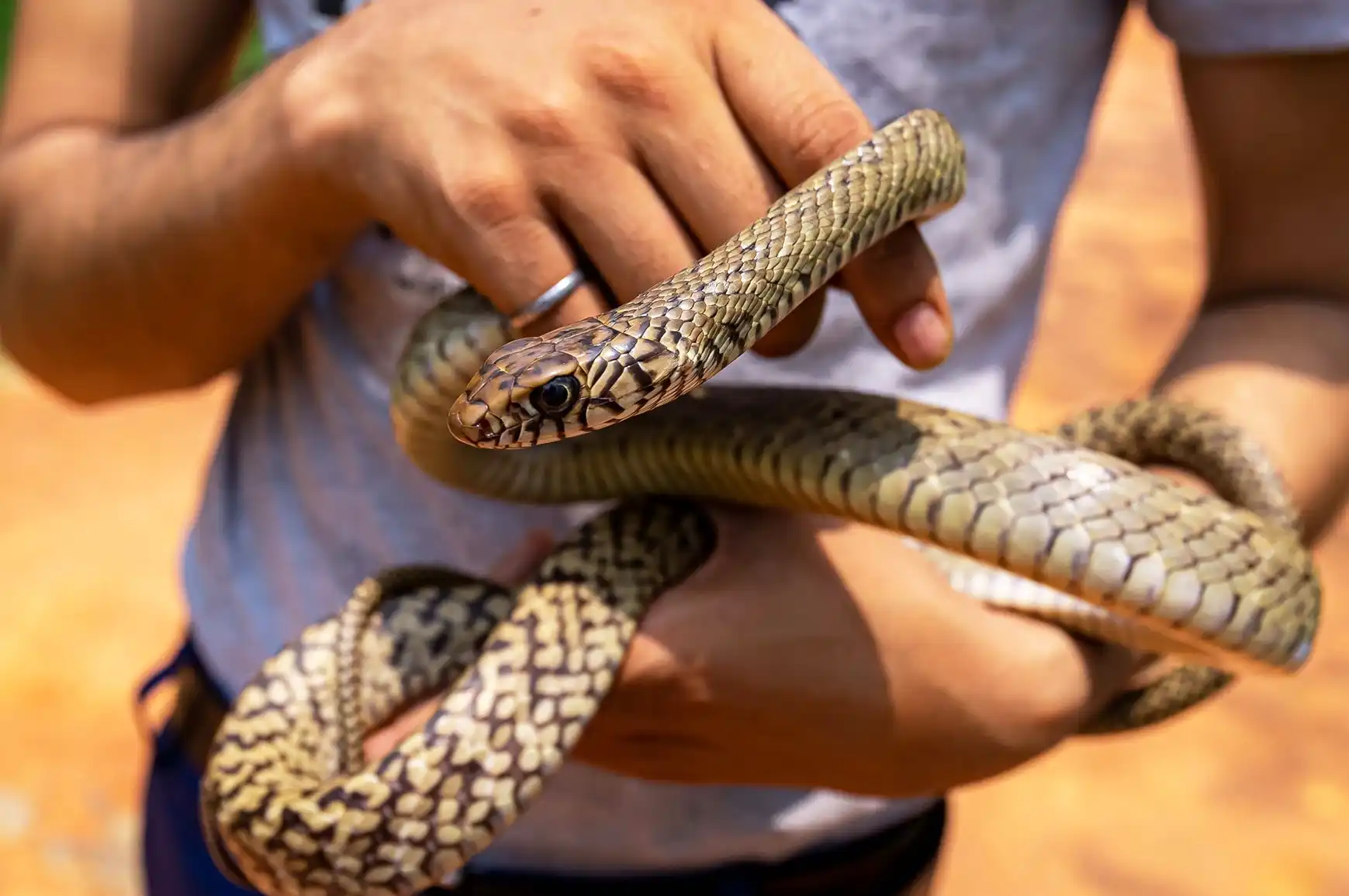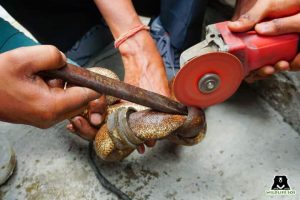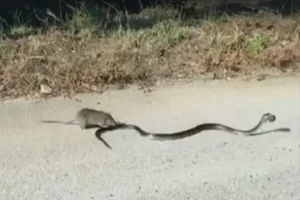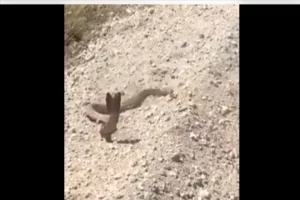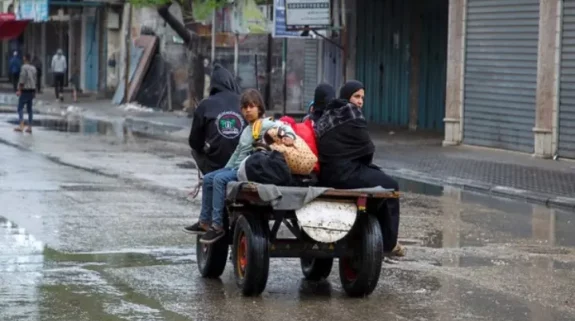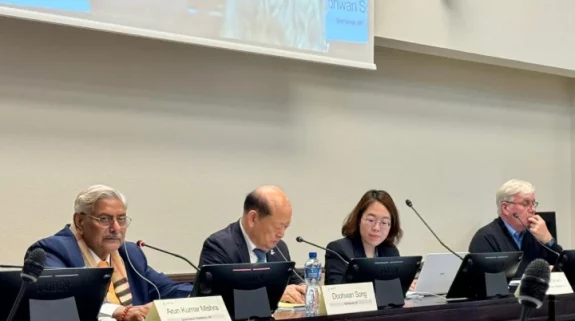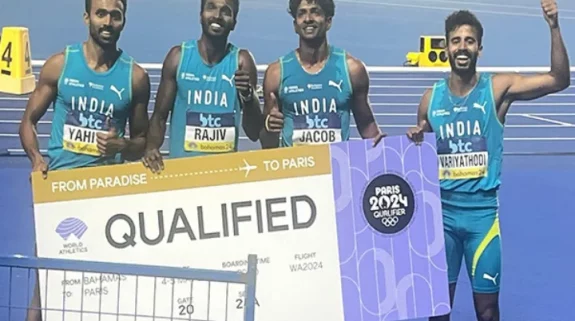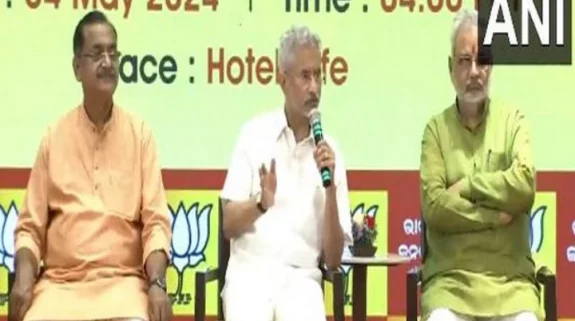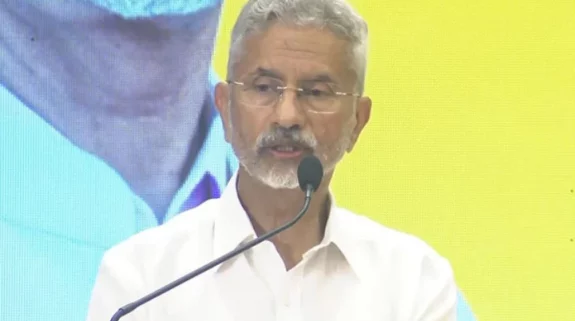In a first of its kind initiative, Indian Council of Medical Research (ICMR) task force has set-up a scientific study on the incidence, mortality, morbidity and socio-economic burden of snakebite in the country.
There are more than 46,900 deaths due to venomous snakebites in India every year. This is considerably high, compared to only 10–12 deaths per year, due to venomous snakebite in the US and Australia, this despite the fact that less populous Australia has probably more venomous species.
While Dr Jaideep C. Menon from Preventive Cardiology & Population Health Sciences, Amrita Institute of Medical Sciences & Research Centre, Kochi is national Principal Investigator for the ICMR study, Shimla-based Dr Omesh Bharti, a field Epidemiologist with department of Health in Himachal Pradesh is the national Principal Co-Investigator.
“This study will generate real data on incidence, mortality, morbidity and socio-economic burden of snakebite for the first time in the country. This will help the decision makers in the policy framing to prevent and control snakebite in India. The country still doesn’t know the real snakebite burden and is hence groping in the dark when it comes to policy,” Dr Bharti said in Shimla –a day after his article paper was published in the international research journal Plos One.
The article suggests that half of the global deaths due to venomous snakebites, estimated at 100,000 per year, occur in India.
Global estimates of snakebite range from 4.5 million to 5.4 million bites annually with an estimated 2 million of them in India with significant physical, mental and socioeconomic consequences.
Yet, a large number of deaths go unreported as most incidences happen in rural and highly backward areas of Indian states
The ICMR study will look prospectively at the incidence of snakebite in 13 states, including Himachal Pradesh, five zones of India and a population of 84 million.
Some of the critical areas of the study are in the states of Rajasthan, Maharashtra, Kerala, Tamil Nadu, Andhra Pradesh, Odisha, West Bengal, Uttarakhand, Meghalaya, Arunachal Pradesh, Mizoram and Tripura.
Dr Bharti said the snakebite incidence study is being carried out in 31 districts in six geographical zones in the country, including West, Central, South, East, North and North-East in 13 states. Three districts of Himachal Pradesh, Kangra, Chamba and Una, are also included in it.
It was only in 2017 that snakebite was added back on to the WHO list of neglected tropical diseases (NTDs), after being struck off the list in 2013.
The ICMR’s study protocol for snakebite incidence and burden mentions that the hospital-based data on snakebite admissions and use of ASV (Anti-Snake Venom) are gross underestimates as most snakebite victims in rural India depend more on alternate treatment methods which do not get represented in National registries.
Reports suggest that only 20–30% of victims of snakebite in rural India seek treatment in hospitals.






